Optimal Timing for Water Treatments
Water treatments are essential for maintaining water quality and ensuring the safety of water supplies. Proper timing of treatments can optimize their effectiveness and prolong system lifespan. Factors influencing the best timing include seasonal changes, water source conditions, and system usage patterns.
Water treatments are often scheduled before peak usage seasons to prevent contamination and buildup. Spring and fall are common times for comprehensive treatments to prepare water systems for increased demand.
Regular water quality testing helps determine the optimal timing for treatments. Detecting changes in pH, mineral levels, or contaminants guides treatment scheduling.
Aligning water treatments with maintenance cycles ensures systems operate efficiently. Treatments can be timed during planned shutdowns or low-demand periods.
Weather patterns influence water quality; treatments may be best scheduled after heavy rains or drought periods to address runoff or mineral concentration changes.
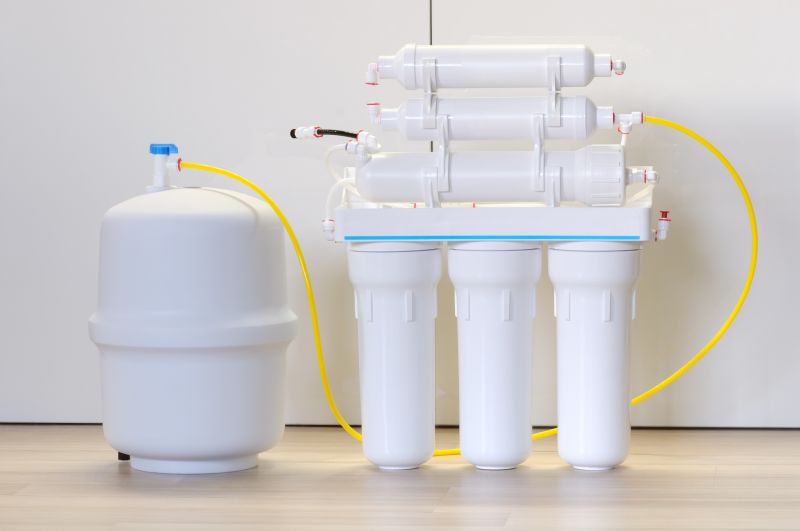
Filtration systems operating in a treatment facility.

Chemical treatment being applied to water in a controlled environment.
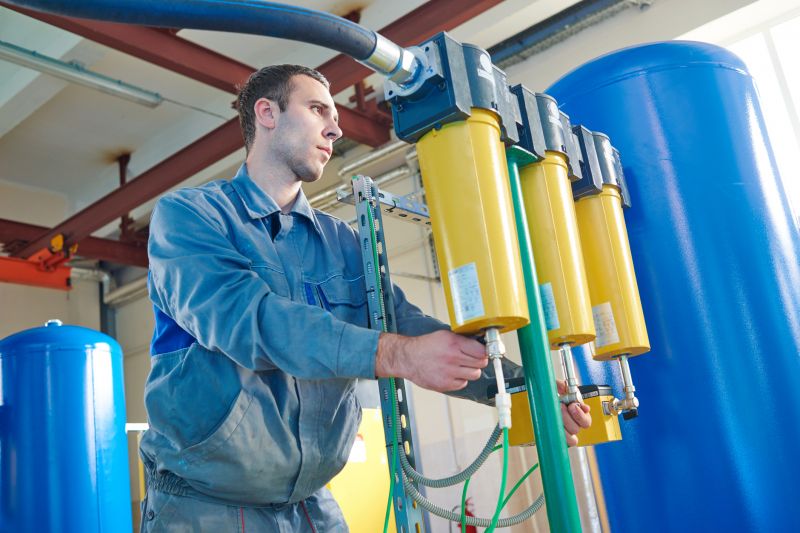
Technicians analyzing water samples for quality assessment.

Ways to make Water Treatments work in tight or awkward layouts.
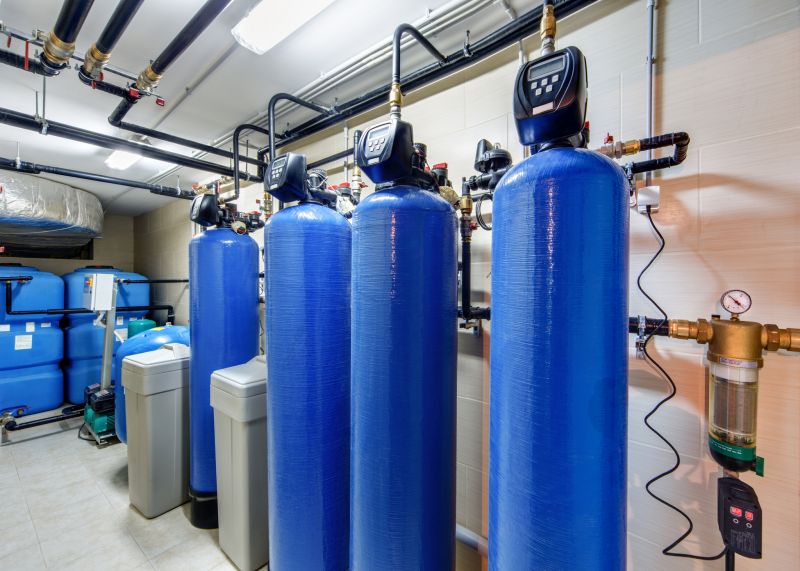
Popular materials for Water Treatments and why they hold up over time.

Simple add-ons that improve Water Treatments without blowing the budget.
| Timing Factor | Recommended Approach |
|---|---|
| Seasonal Changes | Schedule treatments before peak usage periods. |
| Water Source Conditions | Perform treatments after heavy rains or droughts. |
| Water Quality Monitoring | Use testing data to guide treatment timing. |
| System Maintenance | Coordinate with planned system shutdowns. |
| Regulatory Requirements | Follow mandated treatment schedules. |
Water treatments are critical for ensuring safe and clean water supplies. They involve processes such as filtration, chemical dosing, and disinfection to remove contaminants, reduce mineral buildup, and prevent microbial growth. Proper timing enhances treatment efficiency, reduces costs, and maintains compliance with health standards. Regular assessments and monitoring are essential to adapt treatment schedules to changing water conditions and usage patterns.

Large-scale water treatment facility with multiple treatment stages.
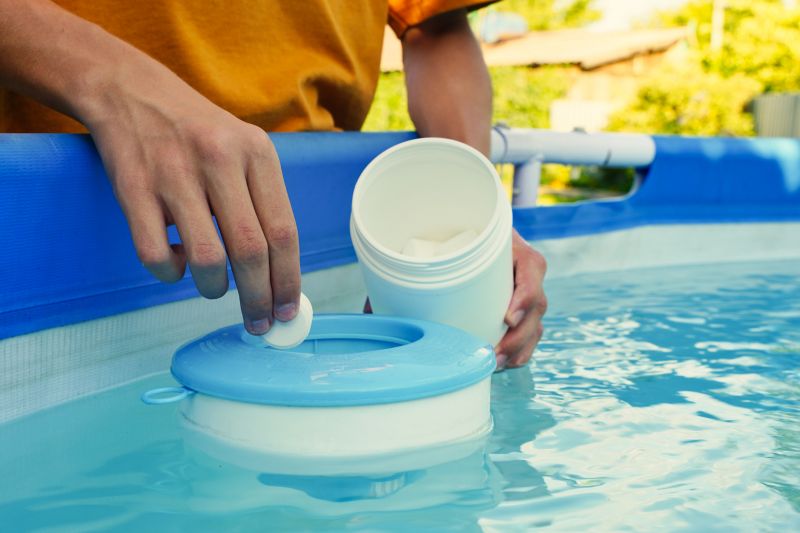
Chlorine being added to water for microbial control.
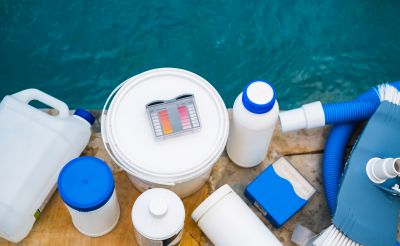
Samples being analyzed in a laboratory setting.
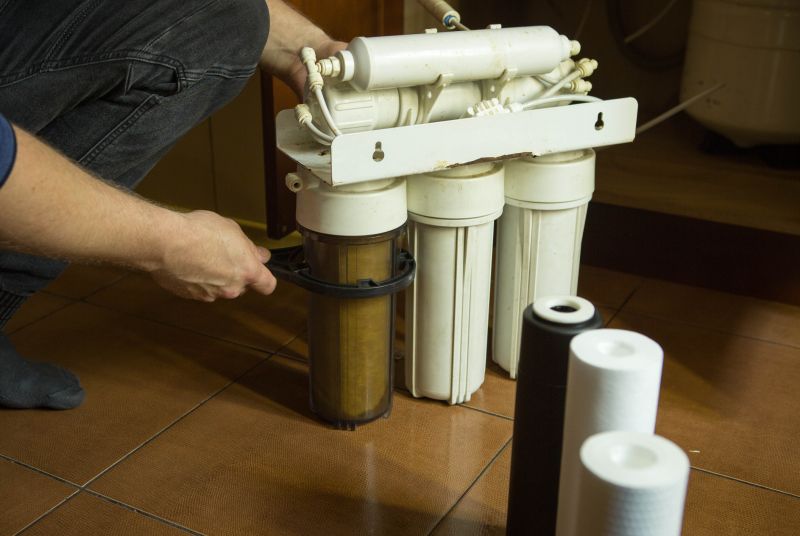
Advanced filtration units removing impurities from water.
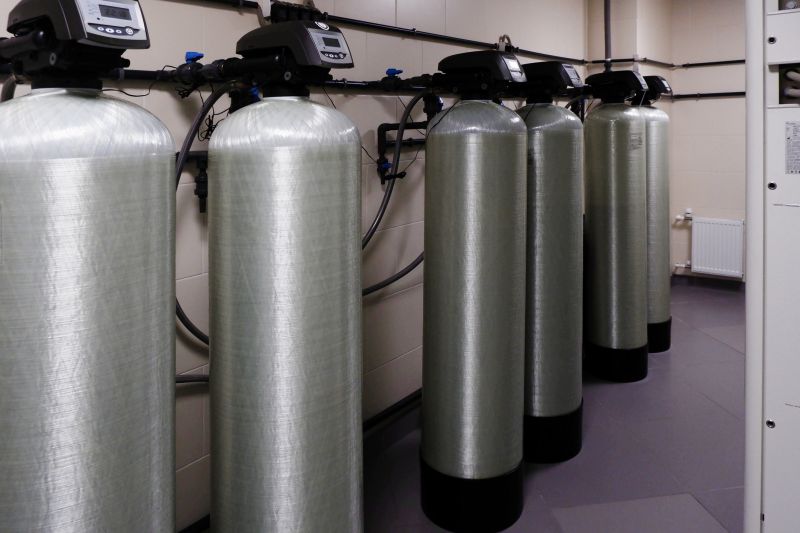
High-end options that actually feel worth it for Water Treatments.
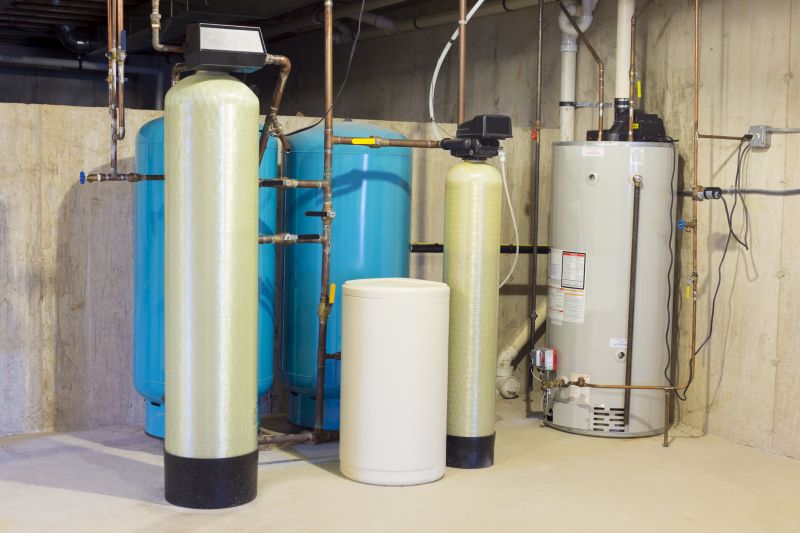
Finishes and colors that play nicely with Water Treatments.
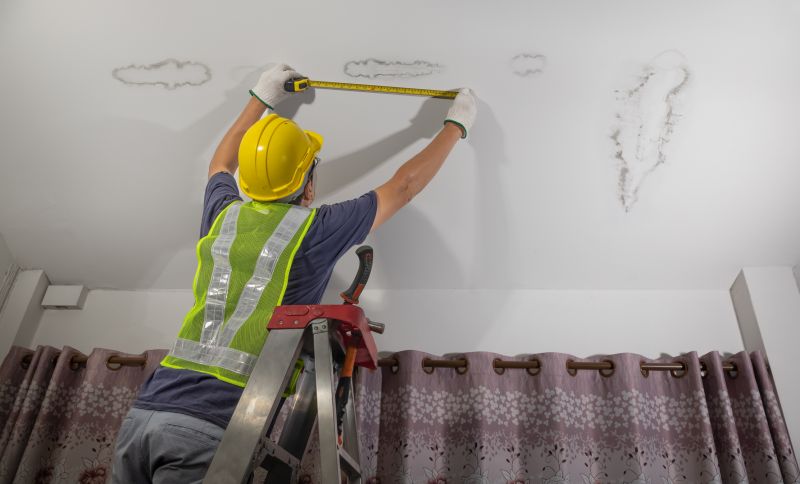
Little measurements that prevent headaches on Water Treatments day.

A 60-second routine that keeps Water Treatments looking new.

A frequent mistake in Water Treatments and how to dodge it.

Small tweaks to make Water Treatments safer and easier to use.
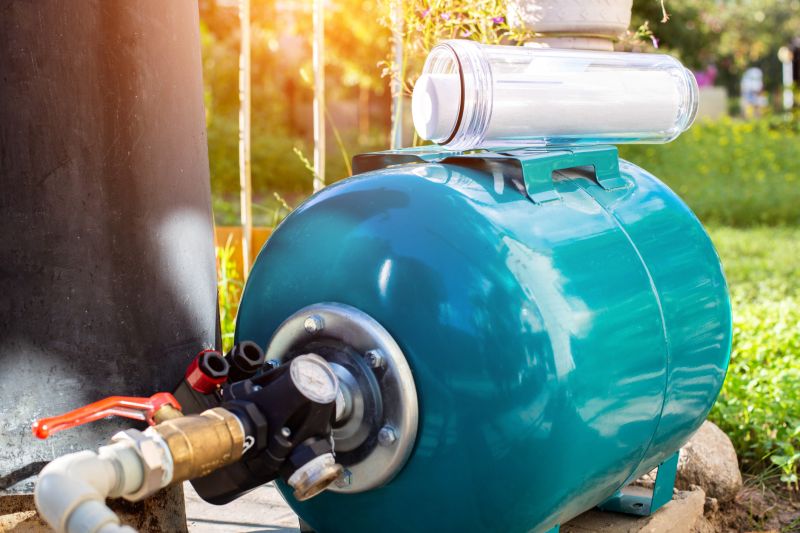
Lower-waste or water-saving choices for Water Treatments.
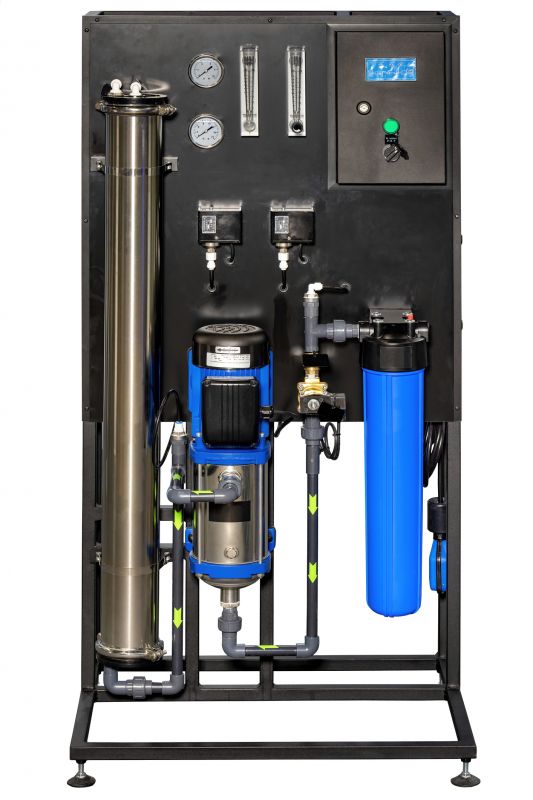
The short, realistic tool list for quality Water Treatments.
Interested in scheduling water treatments or learning more about optimal timing? Filling out the contact form can provide tailored information to meet specific water quality needs in Palm City, FL.

